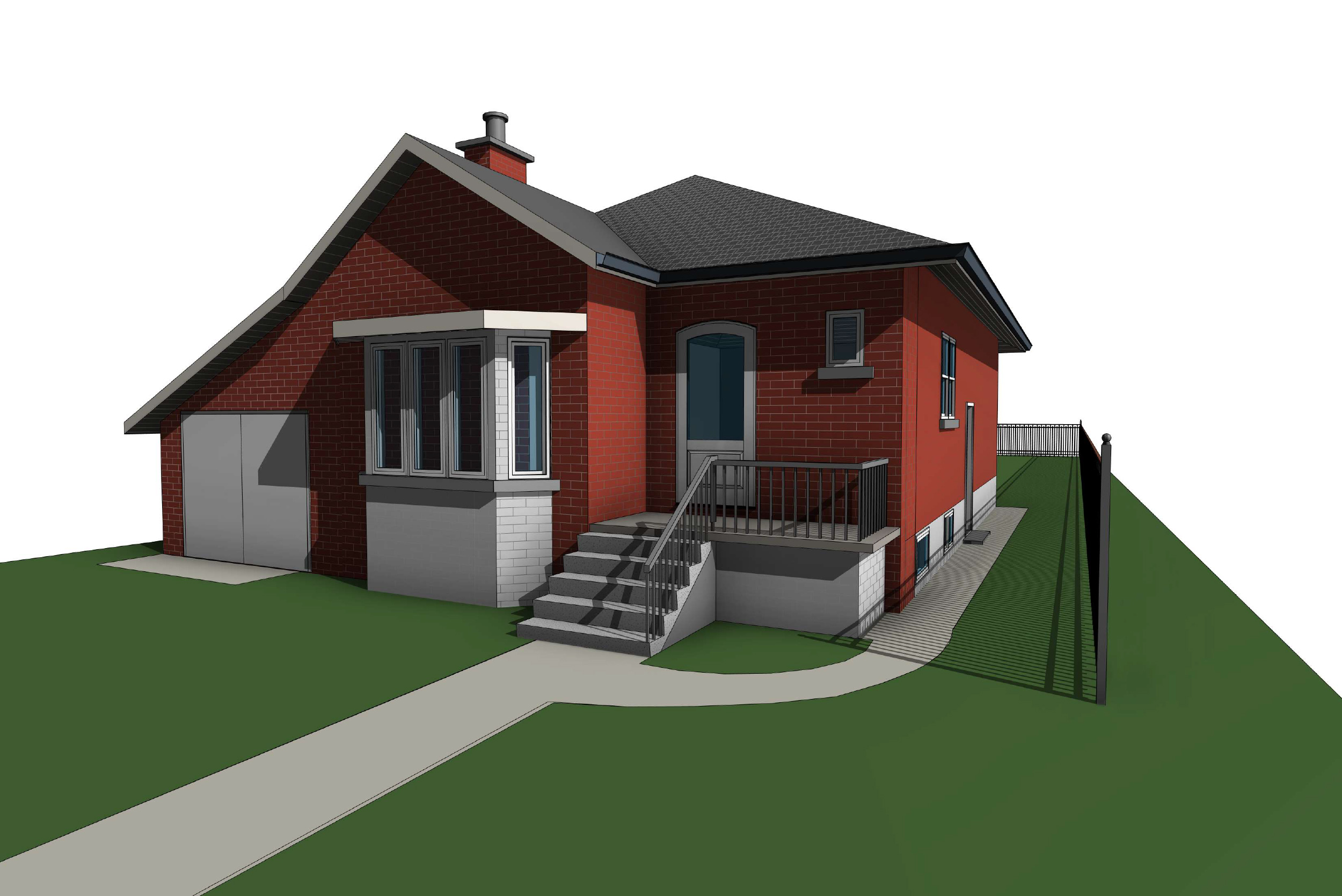The strong development of industrial design and construction in modern life entails all the changes of new revolutionary industries, especially BIM which is decisive in the construction industry. BIM paved the way for the rapid transition from 2D CAD models, paper documents, and spreadsheet-based schedules to an integrated project management and delivery approach powered by Central Building Information Modeling. heart. BIM has been the foundation of many leading innovations in the architecture and construction industry. Therefore, more and more units use BIM-based digital fabrication techniques in their projects.
What is BIM-based Digital Fabrication?
Digital fabrication is an innovative methodology that blends the benefits of BIM with virtual design and construction (VDC). Using BIM-based digital fabrication techniques, designers, contractors, builders, and engineers can improve the efficiency of the design, construction, and manufacturing of prefabricated products. BIM allows the visualization of fabrication designs digitally.
1. Inclusive Integration for Greater Transparency
BIM-based practices promote the integration of design, manufacturing, and construction processes. This enables higher transparency, better collaboration opportunities, and interoperability among stakeholders in the digital fabrication process.
2. Simplified Procurement Process
BIM-based digital fabrication reduces the workload of the construction and improves productivity at the same time. Besides, as BIM-based digital fabrication empowers designers, builders, and manufacturers to understand the requirements in a better way.
3. Improves Productivity of Workflow
Digitized BIM-based models in the fabrication domain enhance work quality, collaboration, and overall productivity. As everything is prefabricated first digitally, there is optimal utilization of resources and talent which boosts work efficiency.
Applications of BIM in Free-form Building Project
Ideal for free-form building projects, digital fabrication improves the conventional production methods by harnessing modern technology. Here is how to implement BIM-based digital fabrication for a free-form building project.
• Prefabrication of the Project:
The process begins with the decision to implement a digital prefabrication process for project management. Digital prefabrication speeds up the schedule, improves efficiency, and streamlines the entire process. It helps to reduce costs and prevent material waste due to poor field processing.
• Digital Fabrication Process Proposal:
Once the decision for digital fabrication is clear, the next step is to move forward with the fabrication process proposal and plan. Therefore, the proposal/plan helps improve the accuracy of the work done and the productivity of on-ground workers and other stakeholders.
• Design of Free-form Part Shapes & Panels:
Once the engineer completes the process proposal, the project moves into the design phase. During the design phase, people will create a comprehensive design model that includes fabrication design, member fabrication, and construction.
• Design of Structural System:
It is based on the free-form surface shape and type, the primary structure is designed later. Using insights from fabrication drawings helps in creating a detailed structural system.
• BIM-based Fabrication Drawing Production:
Digital fabrication drawing production involves creating the fabrication model in real-time according to the project requirements. Thus, the end result of this process is a dynamic and comprehensive BIM model that outlines the design and paves the way for material procurement and pre-fab material production.
• Manufacturing of Pre-fab Material:
Once the drawing production is complete, the subcontractors receive detailed fabrication drawings and the manufacturing process begins for the prefabricated materials. Based on the project requirements and the design guidelines laid in the BIM model.
• Warehousing & Inspection of Material:
Following the production process is the warehousing and inspection process to ensure that quality criteria are met. Conductors collect data and thoroughly test it by matching the actual prefabricated material with information extracted from the fabrication model.
• Installation & Quality Control:
Before construction/manufacturing begins, people must complete quality checks of the materials to minimize errors during installation or after project completion.
For any project, it is important to know the BIM-based digital fabrication process. If investors and engineers know this well, it proves outstanding advantages such as reducing the risk of errors, optimizing the use of materials and costs. Get in touch at Home3ds.com, we will give BIM services high quality and efficiency in every project

